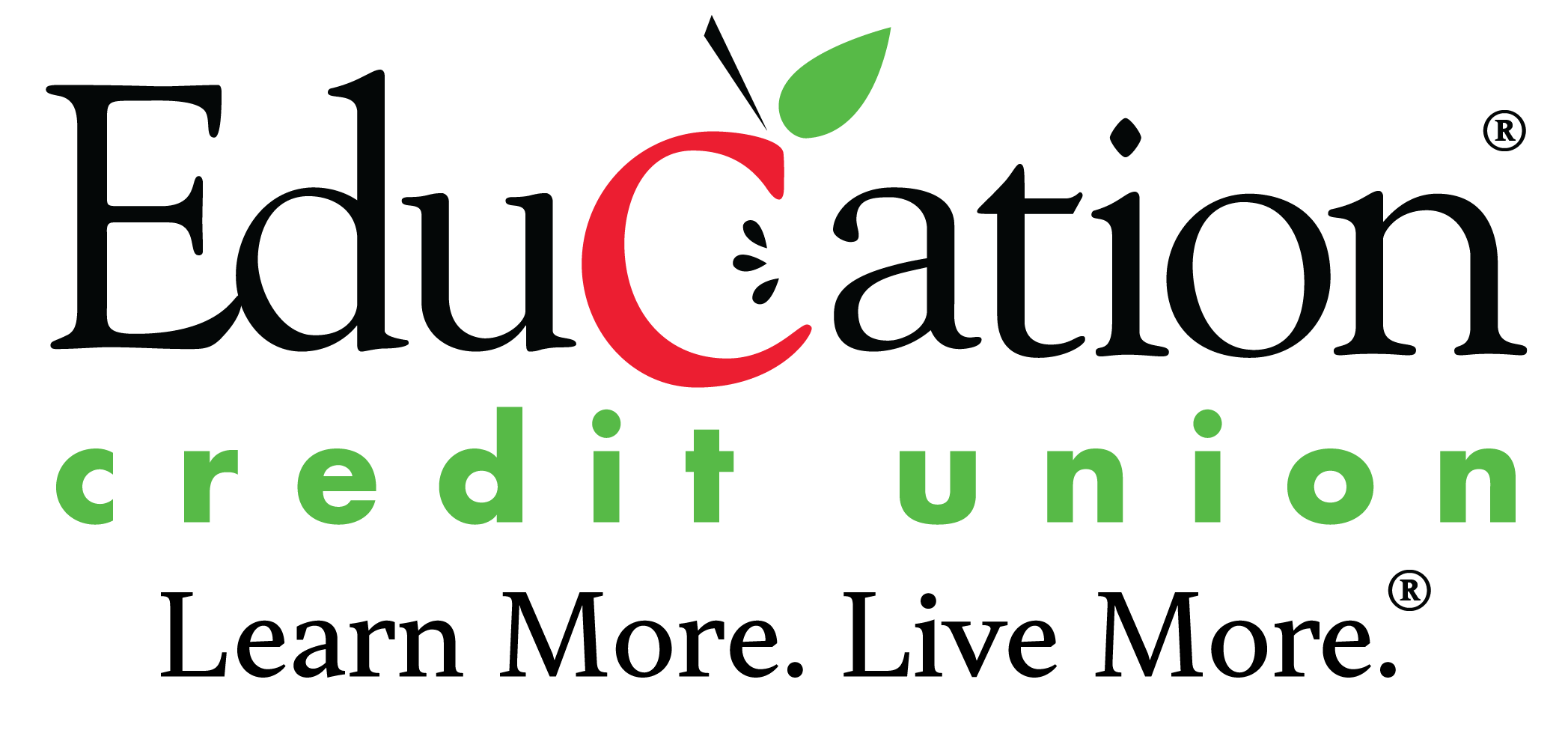Square One
 Many people choose to celebrate the new year by planning to make changes to improve their lives in the coming year. At least, that is a pleasant way of phrasing the tradition of making (and breaking) new year resolutions. The concept of a fresh start is a tempting one. Whether someone shows us a more efficient way of solving a problem, or we realize something essential was overlooked while we worked to pursue a goal; sometimes it’s best to go back to square one and start over.
Many people choose to celebrate the new year by planning to make changes to improve their lives in the coming year. At least, that is a pleasant way of phrasing the tradition of making (and breaking) new year resolutions. The concept of a fresh start is a tempting one. Whether someone shows us a more efficient way of solving a problem, or we realize something essential was overlooked while we worked to pursue a goal; sometimes it’s best to go back to square one and start over.
Starting from square one for some may sound like just as much of a nightmare – especially if a significant amount of time and energy have been devoted to a project – as starting over. Rather than thinking of “square one” as starting over, it may be better to consider it “starting fresh” or “starting with experience”. Fresh does not have to be at the beginning of a project. It can happen in the middle or even three-quarters of the way through a project, but it allows us to move forward with a clearer path toward our goals.
Square One when it comes to finance is often signified by a big “$0”. It can be reaching of savings goal starting from $0, or $0 can be the goal for those who want to pay off their debts. No matter if a person is in a position to begin pursuing their dreams, or if they are trying to get out from under a mountain of financial stress, getting back to square one can be easier than most people think.
If a person is lost in the woods they can use a compass as a guide to safety. If a person is financially lost they can gain their bearings with a budget.
Some people think of “budget” as a bad word. But a budget – a plan that allocates for how a person uses every cent of income – shows exactly how much money comes in and goes out from a household. When preparing a budget, it is best to measure the last three month’s income and bills; everything from housing expenses to streaming services. For things like groceries, fuel, and utility payments a person can use the last three months bills to find the average amount they pay for those things. Often the act of just calculating a budget leads to individuals adjusting their detrimental spending habits on their own without actually needing to make significant lifestyle changes. ECU’s free Money Management feature helps our members track their card usage and sends them a report each month with a percentage breakdown of their spending. However, if temporary or permanent changes need to be made, a complete budget will provide the clearest picture of a person’s overall financial landscape, and that can be used to guide them toward the best choices to meet whatever goals they have.
Sometimes getting to square one may require a tool that can perform heavier lifting than a budget. If there is no room to start saving (even just a few dollars) every month, or if expenses exceed a person’s income they are a prime candidate for debt consolidation.
Debt consolidation is just like it sounds. A financial provider, like a favorite local credit union, bundles debt like insurance providers “bundle” home and auto insurance, so instead of making multiple credit card and loan payments in a month a person is able to make one affordable payment every month to pay down their debt. Now, it will take longer to pay down the debt, but the payment will be more manageable. Debt consolidation is a fantastic tool that can drastically reduce a household’s monthly expenses. Once multiple sources of debt have been consolidated into one payment, it is time to adjust the budget and begin contributing to a savings account.
“Getting back to square one” takes work, but it is important to remember that it isn’t starting over – it’s more like starting with experience.
